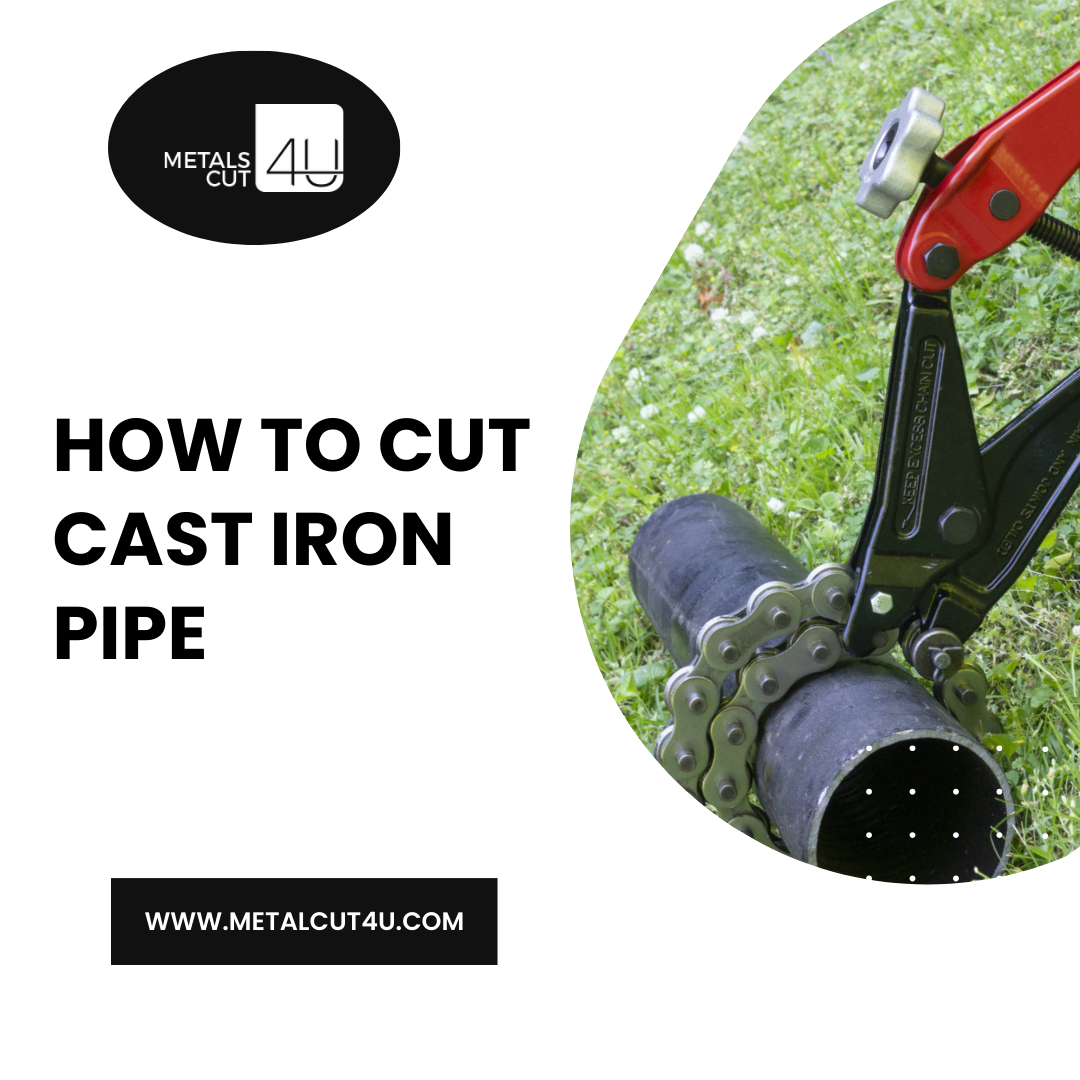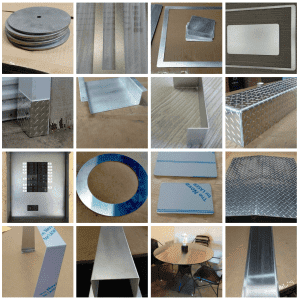How to Cut Cast Iron Pipe

Cast iron pipes have long been renowned in plumbing systems for their robustness and resistance to corrosion, making them a go-to choice for various applications. However, when you face repairs, renovations, or alterations to plumbing setups, knowing how to cut cast iron pipes becomes crucial.
In this guide, we'll walk you through the process of cutting cast iron pipes step by step and provide you with crucial insights into selecting the right tools and techniques. By understanding the nuances of cutting cast iron pipes, you'll be better equipped to maintain or enhance plumbing systems with confidence and precision, ensuring long-lasting and efficient results.
What is a Cast Iron (CI) Pipe?
A Cast Iron (CI) Pipe is a robust plumbing component renowned for its durability and corrosion resistance. Cast iron pipes are used in sewage, drainage, and venting systems for residential, commercial, and industrial purposes. They have proven their durability over centuries, making them a reliable option in plumbing infrastructure.
Why Would You Need to Cut a Cast Iron Pipe?
You might need to cut a cast iron pipe for various reasons. Common scenarios include replacing damaged sections, rerouting plumbing lines, or installing new fixtures.
What Can Be Used to Cut Cast Iron Pipe?
Several tools are available for cutting cast iron pipes, each with advantages and limitations. From traditional handheld tools to modern cutting machines, choosing the right tool for the job is crucial for achieving precise results.
Handheld tools such as hacksaws or reciprocating saws equipped with specialized blades are commonly used for smaller, more accessible cuts. These tools offer flexibility, making them suitable for tight spaces or when only a few cuts.
For larger projects or thicker cast iron pipes, it is preferred to use powered cutting tools such as rotary cutters or angle grinders equipped with diamond or carbide-tipped blades. These tools provide the power and precision to cut through the tougher material efficiently and effectively, making them ideal for heavy-duty tasks.
Best Blade for Cutting Cast Iron Pipe
Appropriate blades are crucial for cutting cast iron pipes. Carbide-tipped or diamond-edge blades are preferred for their ability to slice through tough material with precision and efficiency. These specialized blades minimize the risk of chipping or damaging the pipe during cutting.
Tool to Cut Cast Iron Pipe
The best way to cut cast iron pipe, among the various tools available, is through a cast iron pipe cutter or a reciprocating saw equipped with a carbide-tipped blade, which is commonly used for cutting cast iron pipes. These tools provide the power and precision to make clean and accurate cuts.
Step-By-Step Guide to Cutting Cast Iron Pipe
Prepare the Work Area: Start by clearing the area around the cast iron pipe to ensure enough space to work comfortably. Also, ensure proper ventilation to avoid inhaling dust or fumes generated during cutting.
Measure and Mark: Use a measuring tape to determine where you need to cut the pipe. Once you've identified the cutting point, use a marker to mark it on the surface of the pipe. Accuracy at this stage is crucial for a precise cut.
Secure the Pipe: Before cutting, it's essential to secure the cast iron pipe firmly in place to prevent it from moving during the cutting process. You can use clamps or a vise to hold the pipe securely on a stable surface.
Select the Cutting Tool: Choose the most suitable cutting tool depending on the diameter of the cast iron pipe and your preference. Standard options include a reciprocating saw with a metal-cutting blade, a rotary pipe cutter, or a snap cutter. Ensure that the chosen tool is appropriate for cutting cast iron.
Cutting the Pipe:
-
Adhere to the manufacturer's guidelines on using the cutting tool.
-
Prioritize safety by wearing suitable protective gear such as gloves and goggles to mitigate potential hazards.
-
Maintain a consistent and controlled application of pressure while directing the cutting tool along the designated line on the pipe.
-
Exercise patience to achieve a precise and neat cut, ensuring optimal results.
Deburr the Edges: Once the cut is complete, use a file or sandpaper to remove any rough or sharp edges left on the cut surface of the pipe. This step is essential to ensure a smooth finish and prevent any potential injuries during handling or installation.
Inspect the Cut: After deburring the edges, carefully inspect the cut to ensure it meets your requirements and specifications. Check for irregularities or imperfections and make any necessary adjustments.
By following these step-by-step instructions, you can cut cast iron pipes with precision and efficiency, ensuring a satisfactory outcome for your project. Always prioritize safety and exercise caution when handling cutting tools and machinery.
CONFIGURE IN 4 EASY STEPS
What Is the Fastest Way to Cut a Cast Iron Pipe?
The speed of cutting a cast iron pipe depends on various factors, including the tool used, the thickness of the pipe, and the operator's skill level. A high-quality cutting tool with a sharp blade and proper cutting techniques can help expedite the process.
Personalized Laser Cutting Services by MetalsCut4U
MetalsCut4U is committed to providing top-notch laser-cutting services for personalized metal items to ensure the test of time. With our vast range of services, including 14 different shapes and forms that we cut, bend, and weld to your specifications, you have the flexibility to choose the cutting custom metal for your needs. With our expertise and dedication to excellence, you can rely on us to deliver reliable products that exceed your expectations.
For further assistance or to explore our services, please contact us today at 440-822-6381
FAQ's
What is the best tool for cutting cast iron pipes?
The best way to cut cast iron pipe is with a cast iron cutter or a reciprocating saw with a carbide-tipped blade.
Can you cut a cast iron pipe with a Sawzall?
A Sawzall equipped with a carbide-tipped blade can effectively cut cast iron pipes.
Can you cut cast iron with a hacksaw?
While cutting cast iron with a hacksaw is possible, it may not be the most efficient method, especially for larger pipes or thicker sections.
How do I cut the cast iron pipe?
To cut a cast iron pipe, prepare the area, measure, mark, secure the pipe, select the tool, cut, deburr edges, and inspect for accuracy.
How do you cut a large-diameter cast iron pipe?
Consider using a specialized cast iron cutter or a reciprocating saw with a suitable blade for large-diameter cast iron pipes.
Can you drill a hole in a cast iron pipe?
Yes, drilling holes in cast iron pipes is possible using a high-quality drill and appropriate drill bits designed for metal.
